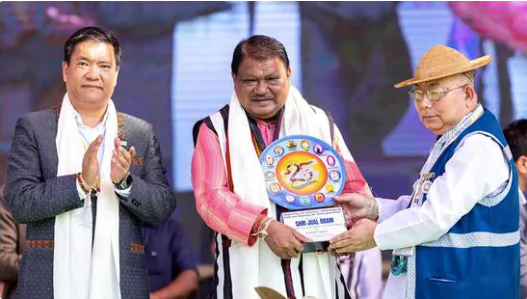The Indian government is considering a reduction in income tax rates for individuals earning up to ₹15 lakhs annually in the upcoming Union Budget for 2025. This proposal aims to provide relief to the middle class and boost consumption in response to economic challenges. The tax cuts are part of ongoing efforts to ease the financial burden on urban residents, particularly due to rising living costs and food inflation.
Currently, there are two income tax system: the older system, which allows exemptions and deductions (such as for housing rent and insurance), and the new system introduced in 2020. The new regime offers lower tax rates but eliminates most exemptions. In this system, income between ₹3 lakh and ₹15 lakh is taxed progressively from 5% to 20%, with incomes above ₹15 lakh taxed at 30%.
The proposed tax cuts are expected to increase disposable income for millions of taxpayers, with the government hoping that this will stimulate demand for consumer goods and provide a boost to the economy. Although the details of the cuts are still being finalized, they are anticipated to offer additional relief, especially to urban residents facing high inflation.
In the previous budget, the government had already adjusted the tax structure to reduce the tax burden, including raising the standard deduction for salaried employees from ₹50,000 to ₹75,000 and revising tax slabs.
These proposed reductions demonstrate the government’s ongoing commitment to supporting the middle class and fostering economic growth. Taxpayers and analysts are closely monitoring the developments to understand the potential impact on personal finances and the broader economic outlook.






